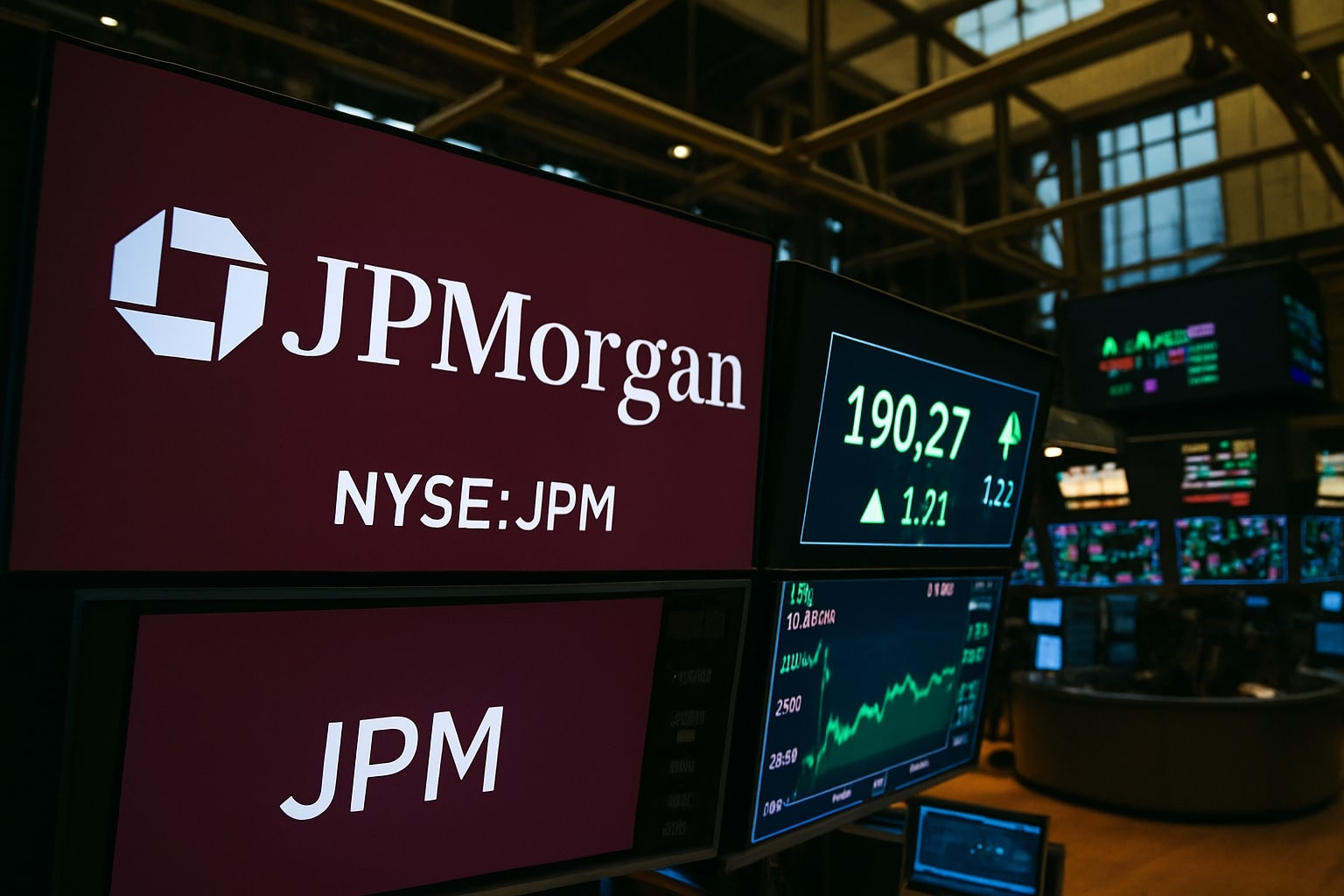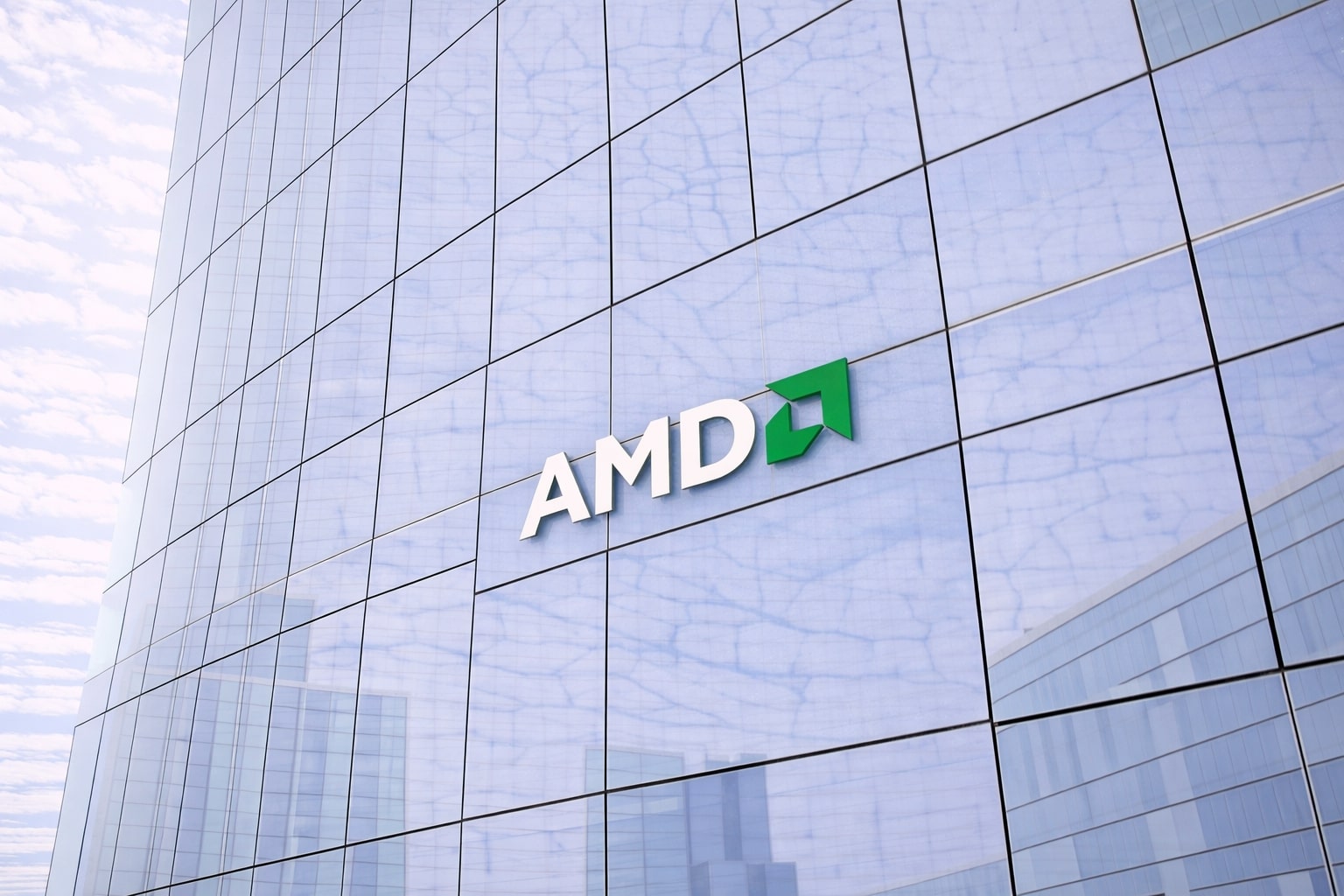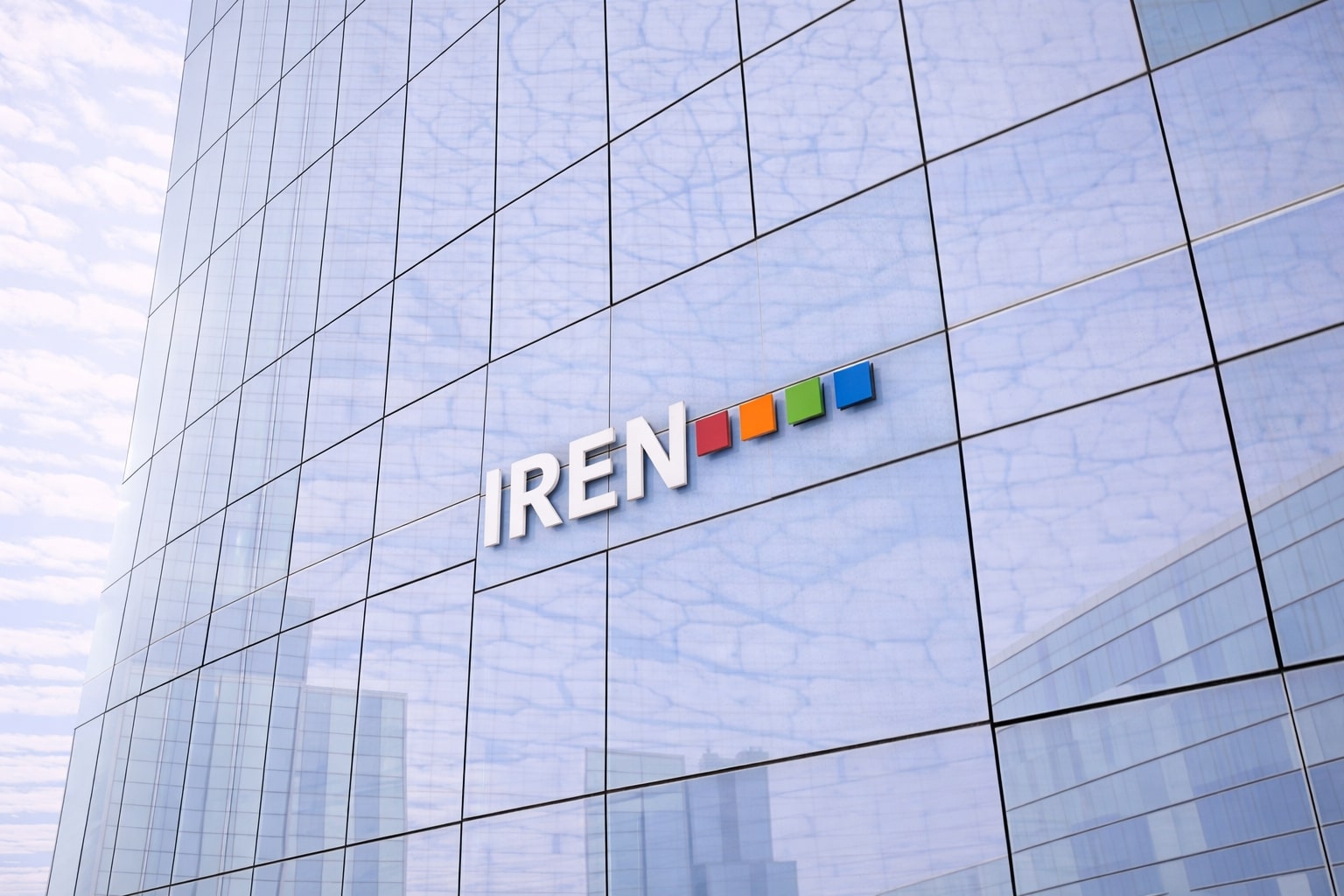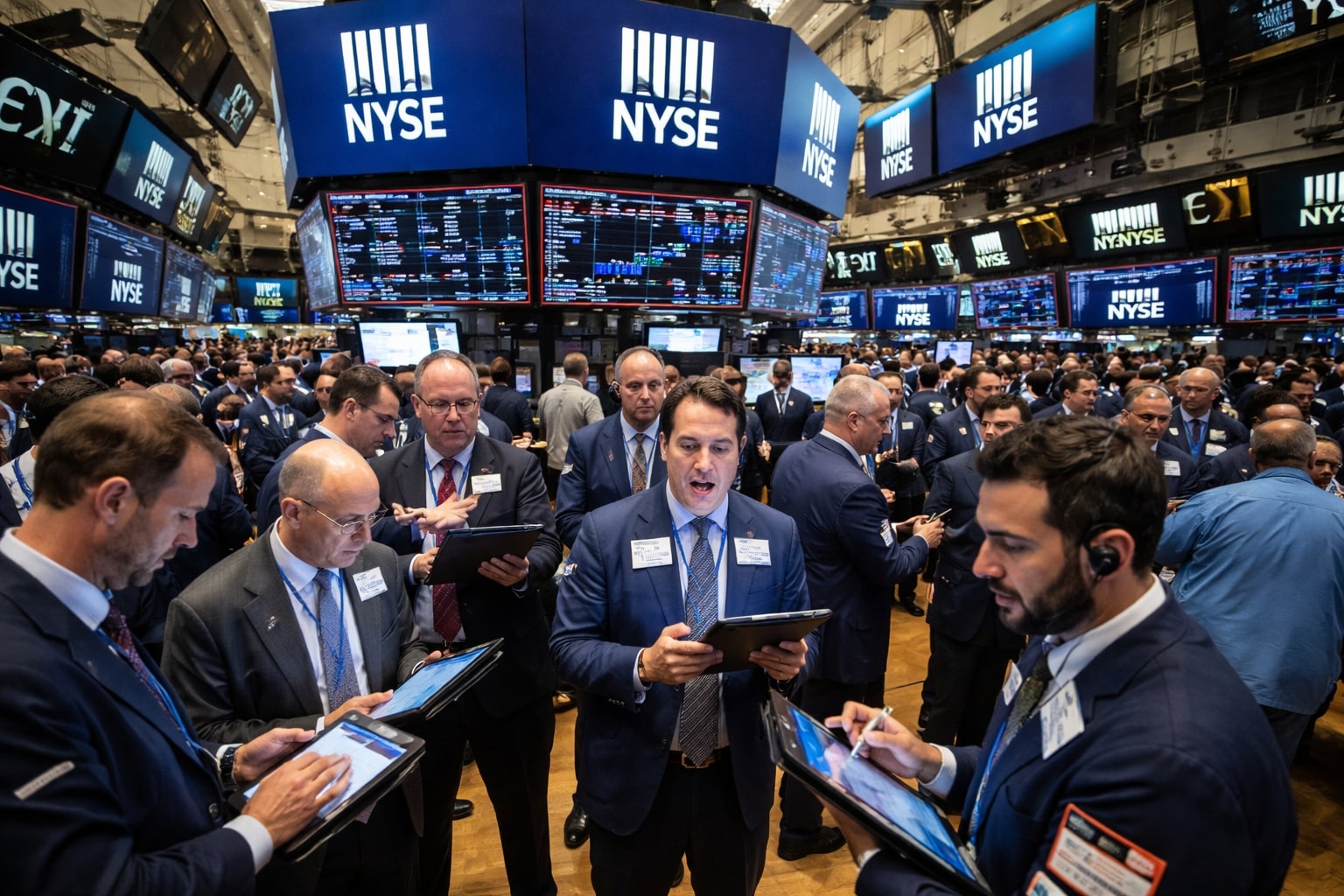JPMorgan Chase (NYSE:JPM): Resilience at Scale Amid Macro Storms and Sector Dislocation
Record-Breaking Quarter Led by Investment Banking and Trading Excellence
JPMorgan Chase (NYSE:JPM) delivered a Q2 earnings beat that defied macro headwinds and sector pessimism, posting $5.24 EPS, well above the $4.75 consensus, and total net revenue of $45.68 billion, marking an 8.7% YoY surge. Return on equity hit 18%, with ROTE at 21%, underlining the strength of JPM’s diversified model.
The standout came from investment banking, with $2.68 billion in revenue, sharply outpacing expectations of $2.16 billion, driven by renewed activity in M&A (+8%), debt underwriting (+12%), and a shallower-than-feared decline in equity underwriting (-6% vs. -29% est.). On the trading floor, FICC posted $5.69 billion, its best since 2018, while equities remained stable at $3.25 billion. These metrics highlight JPM’s unique ability to generate alpha across volatile market environments, with a composition of earnings that’s both high-quality and broad-based—no reliance on one-offs or accounting tailwinds.
Dimon’s assertion that “momentum returned mid-quarter” proved accurate. But the real strength lies in JPM’s foresight and execution—not just weathering uncertainty, but positioning to dominate when the fog lifts.
Balance Sheet Expansion Reinforces Systemic Strength and Profit Quality
Loan balances grew to $1.41 trillion, outpacing the $1.36 trillion estimate, while deposits climbed to $2.56 trillion, surpassing expectations and reinforcing JPM’s status as a fortress institution. Despite macro anxiety, JPM grew 500,000 new consumer accounts, highlighting brand trust and stickiness in retail. Meanwhile, asset and wealth management saw $80 billion in net inflows, taking total AUM to $6.4 trillion, with fee income up 10%, a signal of continued high-margin growth in the private banking segment.
Provisions for credit losses were $2.85 billion, slightly better than projected, and net charge-offs landed at $2.41 billion, below consensus, indicating that credit quality is holding despite market stress. JPM also noted a $7 billion share repurchase and confirmed a second dividend increase in 2025, bringing cumulative hikes to +20% YoY. The quarterly dividend is now set at $1.50/share, starting Q3.
At a forward P/E of 15.3x and P/B of 2.42x, JPM trades at a premium, but rightly so—its ROE far exceeds the sector average, and management continues to outperform on capital, liquidity, and execution.
Navigating Political Risk and Macro Disruption with Strategic Precision
Jamie Dimon reiterated his outlook: the U.S. economy remains resilient but exposed. In his remarks, Dimon flagged persistent macro and political threats—tariffs, deficit overspending, trade uncertainty, and elevated asset prices. Despite ongoing fiscal expansion since 2020, voter tolerance for borrowing has only expanded. Dimon has grown increasingly vocal about the inflationary risk of runaway deficits, suggesting the real danger is a fast, uncontrolled spike in inflation—a scenario that markets are ill-prepared for.
Dimon’s comments—"hope for the best, prepare for a wide range of scenarios"—frame JPM's risk posture. The bank continues to allocate capital with conservative flexibility, refusing to chase yield at the expense of resilience. Dimon's economic signals are not rhetorical—they shape capital discipline and sector-leading NII management.
Net Interest Income (NII) came in just shy of consensus at $23.31 billion vs. $23.59 billion, yet annual guidance was raised to $95.5 billion, implying confidence in net margin stability even as rates plateau. It’s a signal that Dimon expects policy normalization without profit deterioration.
The political drag on business investment is real. Dimon acknowledged the growing reluctance of corporate clients to expand capex amid tariff threats and unpredictable trade rules. But while others retreat, JPM is consolidating its positioning—extending its lead in advisory, dominating across debt capital markets, and absorbing flows from cautious peers.
Valuation, Capital, and Liquidity Position Make JPM Systemically Unique
JPM currently carries a CET1 ratio of 15%, far above Basel thresholds, and maintains $1.5 trillion in liquidity between cash and marketable securities. Tangible book value per share is $103.40, up YoY. These figures are unmatched, not just among U.S. peers, but globally. It’s the only institution of its size that balances risk discipline with aggressive capital return and expansion in high-fee verticals.
Dimon emphasized: “We have far more capital than we need and a huge amount of liquidity.” That wasn’t a flex—it was a warning to competitors who remain overleveraged or misaligned in their macro positioning. JPMorgan is not merely prepared for volatility—it is primed to gain market share when competitors stumble.
Earnings Quality and Sector Domination Create Conviction in NYSE:JPM
What makes JPMorgan’s Q2 extraordinary isn’t just the EPS of $5.24 or the headline growth—it’s the integrity of the performance. Every division showed organic growth, every risk factor was proactively managed, and every capital metric points to long-term sustainability.
As Dimon expands into hybrid financing, deepens private credit exposure, and leads in the AI-fintech fusion wave, JPM’s stock becomes less about cyclicals and more about structural dominance.
Verdict: JPMorgan Chase (NYSE:JPM) Is a Strong Buy
Despite a +20% YTD rally, JPM is not overextended. At 15.3x forward earnings and a rising 2.04% yield, the stock remains attractive relative to its capital efficiency and macro hedging capabilities. The composition of growth—across IB, trading, consumer, and wealth—makes it one of the most balanced financials globally. For portfolios built on forward visibility, sector leadership, and high-quality cash flow, NYSE:JPM is a BUY.



















